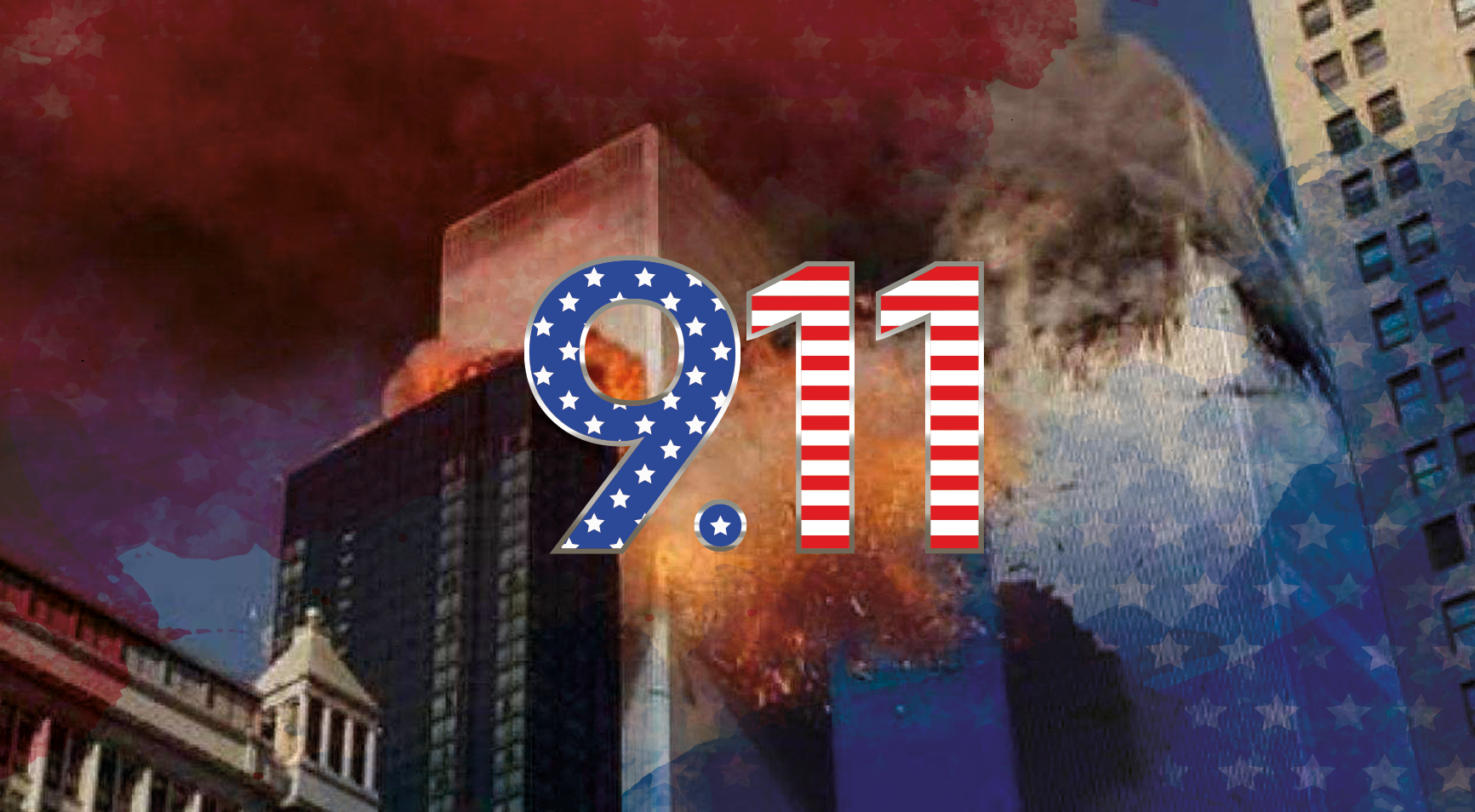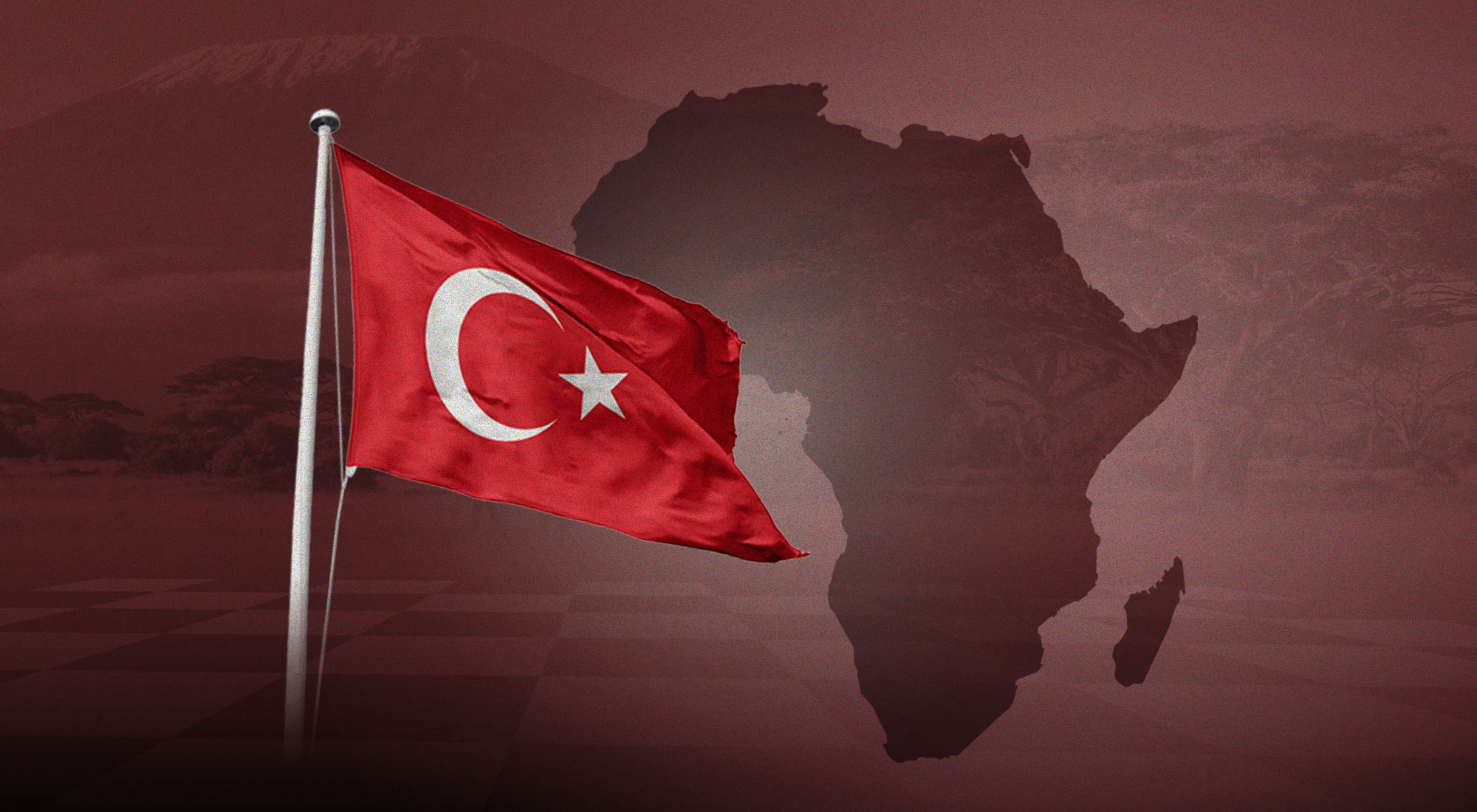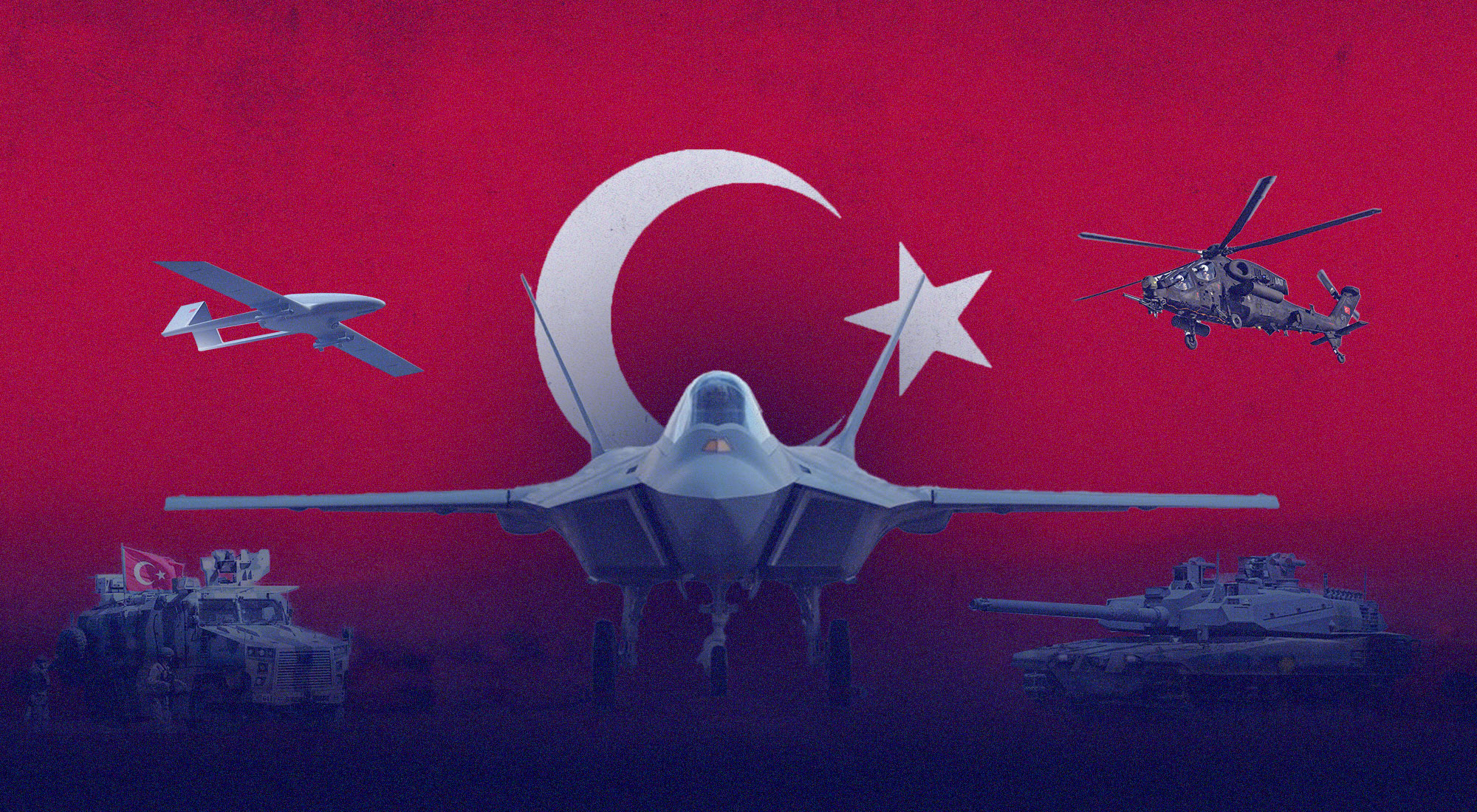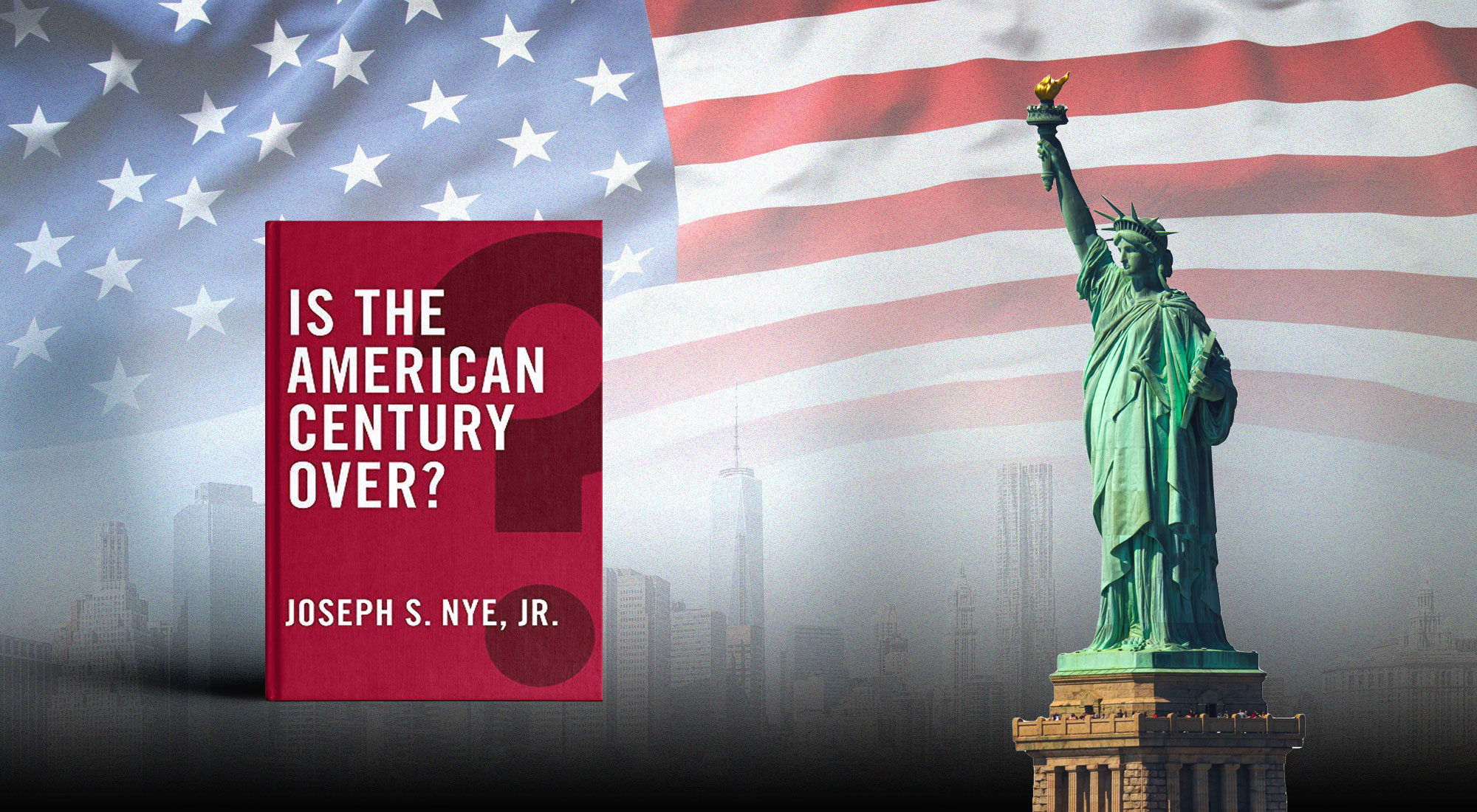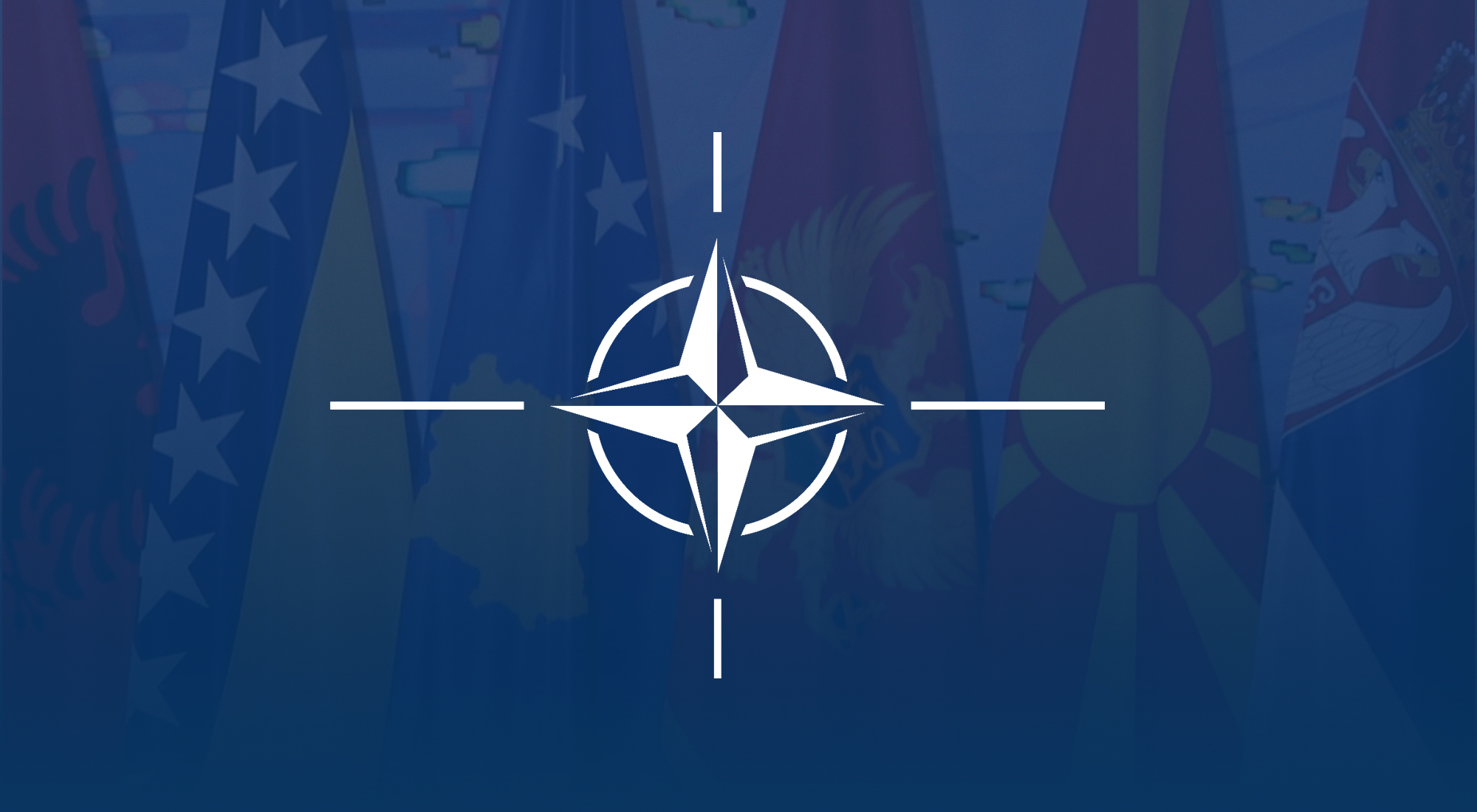Once Upon a time
It was 1970 or thereabout and I had won a scholarship to remote Western State College high in the Colorado ski country. I was about to board a puddle jumper, which is an Americanism for a small plane that, with a good push and a tailwind, can get high enough to clear a few buildings before landing again. It literally jumps over puddles rather than lakes. I was about to board with my fellow passengers, all 15 of them, when I was pulled aside with another student for a ‘security screening’. It was a novel experience. No one had ever been security screened before, although I suspect the two of us were chosen for our luxuriant locks more than any sense of impending threat. But there had been a rash of hijackings from Miami to Cuba recently and the airlines were ‘responding’ to the threat. How anyone could force a plane like this to Cuba, or even Wyoming for that matter, was a mystery to all and we were soon sent back to the line unchecked in response to the considerable customer mirth.
A World Remade
Until the emergence of Generation X in a microchip world, every generation recalls a singular event during which all who had reached the age of understanding could tell you exactly where he or she was and what they were doing when they heard the news. For me it was Friday, November 22, 1962, and I was standing by the schoolyard flagpole awaiting the appearance of a boy who I had challenged to meet me there for pugilistic purposes. The fight never took place in the wave of public mourning. As I began to travel and reside in the Middle East, men of my age would recall the crossing of the Sinai by Egyptian forces in 1973 while Israelis invariably harked back to the Six Day War in 1967. The generation before mine could recount in detail in what coffee shop they were sitting and who they were with when the first fell under they spell of Nasser’s words and his dream of Arab Nationalism.
9/11 was just such an event, and not only in the US. A globalized world stopped, stunned by the magnitude of the attack and mesmerized by the constant replaying of the second plane hitting the World Trade Center.[1] I was in distant Barrow, Alaska, rapidly exchanging emails with friends and colleagues in the field, notably David Rapoport, whose scholarly excitement suddenly ended when he recalled he had a daughter working close to Ground Zero in New York. I later learned that a niece of mine, then only 6 years old, was so terrified that a plane would fly into their apartment in a working class suburb of Madrid that she refused to sleep without her mother for weeks. It was a global event and Osama Bin Laden’s boast that for only $100,000 he had changed the world proved to be all too accurate.
The War on Terror
In the United States, there were two primary domestic responses to the attacks that together would utterly remake the world that Americans knew. One was immediate. On September 25, 2001, President Bush announced the opening of the Global War on Terror by signing an Executive Order freezing assets of alleged terrorist groups, including all fundraising operations.[2] The Patriot Act, a massive compendium of laws that was passed by Congress on October 26, 2001, was so dense and arcane that few, if any, of those voting on it had actually read it.[3] The creation of the Department of Homeland Security was next. It took amorphous shape on November 5, 2002.[4] In its formative stages, I knew one of its founding members, an army colonel who was commanding the security desk at the Pentagon when the plane hit an adjacent section on 9/11. When last we spoke by phone, he was were ordering desks, computers and paper clips and had no clue what it was they were tasked to do. This is known in Washington as a budget in search of a mission. In a few short years they had found a mission; absorbing smaller agencies like an amoeba, growing beyond anyone’s capacity to effectively control. It’s tentacles today include ICE (Immigration) the TSA (Aviation Security), and probably more than its own organizational charts reflect.[5]
Since 9/11, there has not been another major terrorist attack on US soil by any foreign terror organization. The killing of Osama bin Laden in Pakistan in 2011, nearly a decade after the 9/11 attacks effectively crippled Al Qaeda, while the fall of Raqqa in 2017 returned Daesh to its roots as a loose network of apocalypticists and anti-Shi’a extremists. Both can inspire attacks but can no longer command and control them. The attacks themselves have declined from synchronized strikes a la 9/11, 7/7 in Britain or the Madrid subway bombings, to opportunistic low tech attacks by untrained actors using such weapons as guns, knives and cars. Indeed, in the wake of the attack on Congress on 6 January, the Biden administration has declared domestic terrorism, especially from the far right, as the greatest terrorist threat currently facing the United States.[6] The vastly expensive War on Terror on this level can therefore be considered a success for US counterterrorism policy.
By contrast, the military side of the War on Terror has been an unmitigated disaster. On October 7, 2001, Operation Enduring Freedom was launched as an ill-starred invasion of Afghanistan. It opened with a round of demands to Taliban leader Mullah Omar to hand over Osama bin Laden to the United States, which was conducted concurrently with a CIA operation code-named Jawbreaker which sought tribal support for the invasion to come.[7] US forces came close to their quarry at Tora Bora in December 2001, but bin Laden escaped into Pakistan. What followed was a deterioration of the US position as precipitous as was that of the Soviet invaders in 1979.
President Trump ordered a major military withdrawal from Afghanistan in 2018 and President Biden ordered a complete withdrawal in 2021. At this writing, in an eerie echo of the US withdrawal from Vietnam in 1973, three provincial capitals have fallen and Taliban forces, promising a kinder gentler rule than before, close inexorably on the big three; Herat, Kandahar and Kabul itself. Thus is the ignominious end to America’s longest war.
If Afghanistan was a long, futile slog, the invasion of Iraq by the Bush Administration in 2003 was a disaster from the get-go. Brief moments of hope like the Anbar Awakening in which Sunni towns, tired of the constant violence and brutality of Al Qaeda units, sought with US support to rid themselves of their terrorist overlords, invariably ended in disaster for all concerned. It could be no other way.
The war was undertaken with a tried and true ploy—a lie constantly repeated until it took on the semblance in many minds of truth. When I was much younger than today, the lie was a mythical attack on a US ship in the Gulf of Tonkin off the coast of Vietnam. The result was the 1964 Gulf of Tonkin Resolution which provided the legal pretext for President Jonson’s disastrous War in Vietnam. In Iraq, it was the malign djinn of weapons of mass destruction, which Saddam Hussein had used once on the hapless Kurdish residents of Halabja.[8] By 2003, as it turns out, Saddam’s arsenal was aging and obsolete—more a danger to those who might use them than to potential victims. This was no secret in the international community, but no matter, what was later named Operation Iraqi Freedom was undertaken with shock and awe in an aerial destruction of Baghdad.[9]
This was a classic case of what students of intelligence decry as ‘politicized intelligence’, which is simply the practice of telling a decision maker what he or she wants to hear rather than what the intelligence community believes to be true. It is a short term career booster but a long-term disaster. CIA chief George Tenet, who surely knew better, parlayed the lie into the once-coveted Medal of Freedom, which President Bush awarded him for his ‘service’ in greasing the skids into Iraq.[10]
Whatever thin hope the US had of salvaging something, anything, from the Iraq fiasco disappeared in June 2014 with the terrorist attack on the Shi’ite al-Askari Mosque in Samarra which tipped an already broken nation into sectarian fueled civil war[11].
The history is voluminous, but even in distant Wisconsin it was reflected in the experience of veterans, some my students, returning from the War. Before 2014, students who had been part of the Civil Affairs effort described shedding their body armor and boots alike and sitting down with Iraqis in their own majlis to speak of many things. After 2014, the descriptions became much darker with civilian contact invariably coming in the form kicking down doors and terrorizing residents in the illusive hunt for terrorists.
What has changed
Almost everything on the civilian side, almost nothing on the military side. Thus the latter first.
America’s military adventures in the Post-War, post-Korea era are invariably ideologically driven and better resemble a grand crusade against a mythical dragon than a classical military conflict. All, from Vietnam to Afghanistan and Iraq, lacked both coherent objectives and a planned exit strategy. All have been epic, bloody failures. This is unlikely to change.
Each new American campaign is announced with the invocation of the word ‘freedom’ with the same tired cynicism as jihadists evoke the Greatness of God before committing atrocities on a helpless civilian population. America achieved the same terrible results, although on a vastly greater scale. Perhaps this will change. But not in my lifetime.
The cry of ‘freedom’ permeates the American public sphere as well and is evoked by the far left just as much as the far right, although those in the middle have come to take the hue and cry with something of a grain of salt after the spectacle of the Trump Administration and its aftermath. But the freedom that I knew in the 1960s would be alien to the generation of today. The Patriot Act curtails much of the liberty that we knew in those days, while long lines at the gates of modern airports bring home in microcosm the securitization of so many facets of public life.
All of this has grown from the poison seed of the attacks of 9/11 which, for a very nominal cost, changed the nation and the world.
Bibliography
Alaaldin, Ranj. “Sectarianism, Governance, and Iraq’s Future.” Brookings Doha Center Analysis 24 (2018).
Gorham-Oscilowski, Ursula, and Paul T Jaeger. “National Security Letters, the USA Patriot Act, and the Constitution: The Tensions between National Security and Civil Rights.” Government Information Quarterly 25, no. 4 (2008): 625-44.
Haynes, Wendy. “Seeing around Corners: Crafting the New Department of Homeland Security 1.” Review of Policy Research 21, no. 3 (2004): 369-95.
Mlodoch, Karin. “The Indelible Smell of Apples: Poison Gas Survivors in Halabja, Kurdistan-Iraq, and Their Struggle for Recognition.” In One Hundred Years of Chemical Warfare: Research, Deployment, Consequences, 349-62: Springer, Cham, 2017.
Wong, Kam C. “The Making of the USA Patriot Act I: The Legislative Process and Dynamics.” International Journal of the Sociology of Law 34, no. 3 (2006): 179-219.
References
[1] https://www.youtube.com/watch?v=7YLm3pkAiJQ.
[2] “The Global War on Terrorism: The First 100 Days,” US Department of State Archive, https://2001-2009.state.gov/s/ct/rls/wh/6947.htm.
[3] Kam C Wong, “The Making of the USA Patriot Act I: The Legislative Process and Dynamics,” International Journal of the Sociology of Law 34, no. 3 (2006): 179-219. Ursula Gorham-Oscilowski and Paul T Jaeger, “National Security Letters, the USA Patriot Act, and the Constitution: The Tensions between National Security and Civil Rights,” Government Information Quarterly 25, no. 4 (2008): 625-44.
[4] Wendy Haynes, “Seeing around Corners: Crafting the New Department of Homeland Security 1,” Review of Policy Research 21, no. 3 (2004): 369-95.
[5] It does try however. “Organizational Chart,” Homeland Security, https://www.dhs.gov/organizational-chart.
[6] “FACT SHEET: National Strategy for Countering Domestic Terrorism,” The White House Briefing Room, June 15, 2021, https://www.whitehouse.gov/briefing-room/statements-releases/2021/06/15/fact-sheet-national-strategy-for-countering-domestic-terrorism/.
[7] The number of books and articles, including my own, would fill a reasonably sized library. For our purposes, a primer will suffice, see Griff White, “Afghanistan War 2001-2014,” Britannica.com, https://www.britannica.com/event/Afghanistan-War.
[8] Karin Mlodoch, “The Indelible Smell of Apples: Poison Gas Survivors in Halabja, Kurdistan-Iraq, and Their Struggle for Recognition,” in One Hundred Years of Chemical Warfare: Research, Deployment, Consequences (Springer, Cham, 2017), 349-62.
[9] Again, for the sake of brevity, see The Editors of Encyclopaedia Britannica, “Iraq War 2003-2011,” Britannica,com, https://www.britannica.com/event/Iraq-War.
[10] James Fallows, “About that Presidential Medal of Freedom, Mr. Tenet,” The Atlantic, April 26, 2007, https://www.theatlantic.com/technology/archive/2007/04/about-that-presidential-medal-of-freedom-mr-tenet/7584/.
[11] Ranj Alaaldin, “Sectarianism, Governance, and Iraq’s Future,” Brookings Doha Center Analysis 24 (2018): https://m.bastruk.com/wp-content/uploads/2018/11/Sectarianism-governance-and-Iraqs-future_English.pdf.



